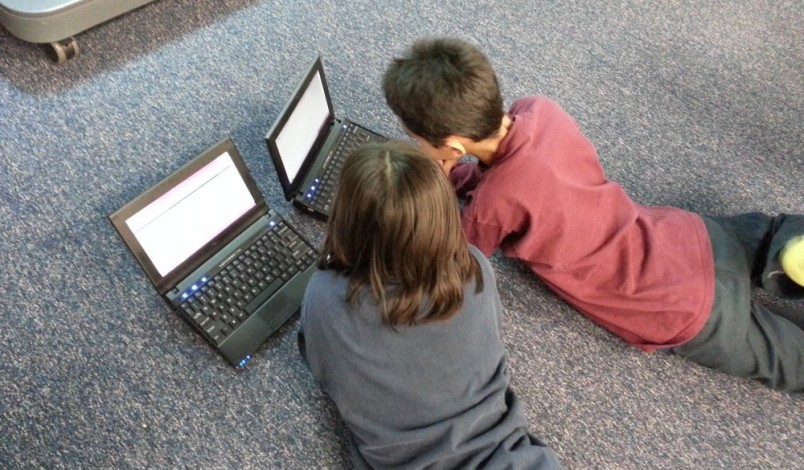Spotting misinformation and fake news is not easy and these days it’s increasing more than ever. A recent Netsafe survey found that:
- almost one third of us have accidentally shared fake news stories or inaccurate information
- one in five have shared a story after only reading the headline
- nearly half of us are concerned about mistakenly spreading fake news.
Fake news is generally created to mislead by containing information that is factually incorrect. It can include clickbait, misleading headings, satire, and digitally altered photos and is often used to encourage people to buy something or to support a point of view.
Supporting children and young people to spot fake news
“Teaching kids about what’s real and what’s not can be tricky, but it’s important they understand that just because something is online doesn’t mean it’s true,” says Martin Cocker, CEO of New Zealand’s independent online safety organisation.
“Kids may be confused or misled about what they see, and this can impact on their learning and wellbeing if they start to feel anxious about something.”
“Some fake news is either deliberately hateful or aimed at people in minority groups which can have offline consequences.”
Netsafe has developed tips to help teach tamariki to spot fake news. They include:
- Explaining what fake news is, how it’s created and why they need the skills to determine what’s fact and what’s fake.
- Teaching them to factcheck - explain what sites are trustworthy, where you get information from and how you check the reliability of what you see.
- Honing their critical thinking skills. Encourage them to ask themselves does this sound right? Is there another explanation for this information? Could this be a joke?
- Encouraging them to read beyond a headline before they take something at face value or share it with other people.
- Building digital literacy. Critical thinking skills are more relevant now. Teach children to be cautious, vigilant, and creative digital citizens.
More educational resources to help people spot and tackle misinformation include:
- Your News Bulletin: a new education campaign created by Netsafe. It includes a series of light-hearted videos depicting a newsroom with presenters reporting fake news.
- The Interland River: a game to help parents and young people put their critical thinking skills to the test, to judge whether something is fact or fiction.
Other online challenges and resources
Netsafe has developed an Online Safety Parent Toolkit to help parents better understand online risks and how they can support their child to have a better online experience. The toolkit shares insights into the five main challenges young people experience online and aims to help parents start the conversation with their tamaraki about online safety – and have ongoing conversations. The resources have also been translated into Te Reo, Tongan, Samoan and simplified Chinese.
The Netsafe website also has helpful information and advice directed at young people
